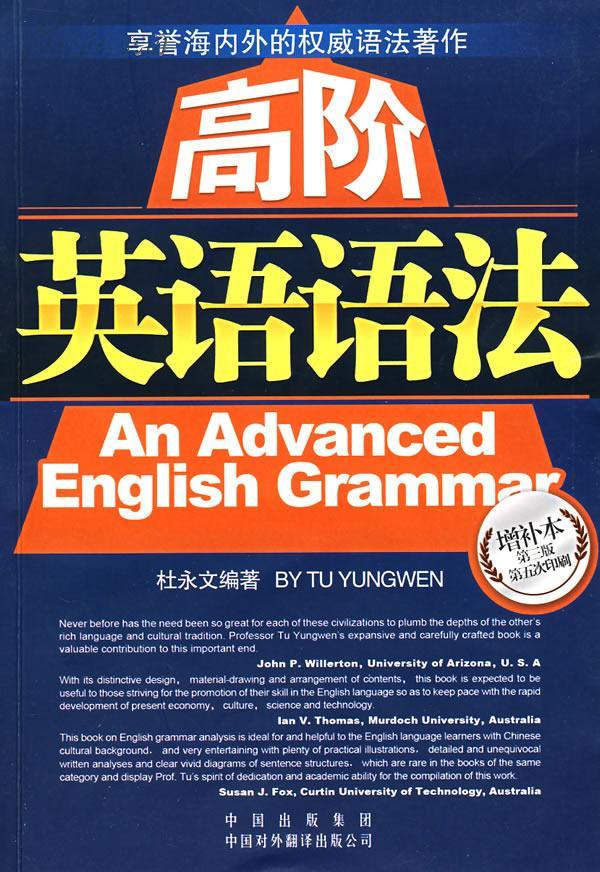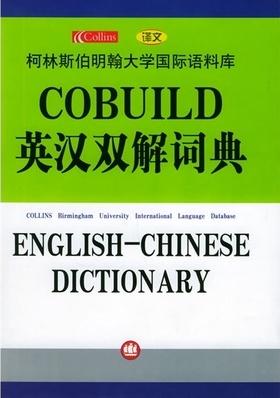我们从时态形式和意义来看,动词不定式有以下四种表现形式
动词不定式的一般式:to do sth(原形不定式)
动词不定式的完成式:to have done sth(完成不定式)
动词不定式的进行式:to be doing(进行不定式)
动词不定式的完成进行式:to have been doing(完成进行不定式)—这里不作探讨。
动词不定式的一般式:to do sth
——所表示的动作或状态,发生在其前的谓语动词所表示的动作或状态:同时(同时)、其前(过去)、其后(将来)
He is said to know French. (同时,动作)
He seems to be sick. (同时,状态)
I have to go to learn how to read. (将来,动作)
He is to marry in June. (将来,动作)
动词不定式的完成式:to have done sth
——表示的动作或状态,在其前谓语动词表示的动作或状态之前
《高阶英语语法》(杜永文编著)第884页
I remember to have seen him twice. 我记得曾经看见过他两次。
He is said to have been married. 据说他已经结婚了。
动词不定式的进行式:to be doing
——仅表示与其前的谓语动词表示的动作或状态是同时发生、同时进行或同时存在。

《高阶英语语法》(杜永文编著)第884页
I find him to be writing a letter. 我发觉他正在写信。
They are said to be rehearsing in the auditorium. 据说他们正在礼堂排演节目。
动词不定式的完成进行式————这里不作探讨。
我们知道,动词不定式to do sth表示“目的,结果时”——表示未来——发生在谓语动词之后的行为或状态,换句话说谓语动词所表示的动作或状态,是先发生,而动词不定式所表示的动作或状态是发生在其后,如in order to do, so as to do等结构。
这里所着重的是动词不定式to do sth表“过去,或经常”的行为或状态。
当然以下并没有讨论动词不定式的完成时态,只是简单不定式的形式to do sth的不表示将来的行为:或表示过去的行为,或表示经常的行为。
1动词不定式作主语、宾语、表语时;
2表原因、理由时;
3表条件时;
4作序数词的后置定语时;
5一些名词后面;
6表人或物的品质性能的形容词后接的动词不定式时;
7作插入语的评注性不定式
1动词不定式to do sth结构,在作主语、宾语或表语时,
1)动词不定式to do sth结构,在作主语时,可表“经常的,甚至是普世性的内容”,
——当然该结构也有表示将来的意味。
《朗文英语语法》558页
“It takes/took + 宾语 + 带to的不定式”结构表示与行为相关的时间。
间接宾语可有可无:
It takes/took (me) ten minutes to walk to the station. 走到火车站要用/用了(我)10分钟。
亦可用人称主语表达这样的意思:
I take/took ten minutes to walk to the station. 我要用/用了10分钟走到火车站。
——其中的to walk to the station是先发生的动作,而took是其后所发生的动作。
《剑桥高阶英汉双解词典》第2364页to词条
to(含有带to的不定式的分句可用作句子主语)
To go overseas on your own is very brave. 只身去国外,真勇敢。
2)动词不定式to do sth结构,在作表语时
To see is to believe.
3)动词不定式to do sth结构,在作宾语时,
《COBUILD英汉双解词典》第2063页to词条19.4
to(构成主语或另一动词的补语)
To exclude religion is to deny it. 排斥宗教就是否定宗教。
It was like medicine to be able to laugh like that again.
能像那样再次开怀大笑,可以收到良药之奇效。
2动词不定式to do sth作状语表示原因、理由时,该动词不定式所表示的动作或状态
——可以表示发生在句子的谓语动词之前
《牛津高阶英汉双解词典》第八版第2197页to词条
to(表示原因)
I’m sorry to hear that. 我听到这消息很难过。
《英汉多功能词典》第2253页to词条
to(表理由)因为
I’m glad to see you here. 在这里遇见你我很高兴。
3动词不定式to do sth作状语表示条件时——我们知道条件是先发生的;
《英汉多功能词典》第2253页to词条
to(表条件)一旦…(就会认为…)
To talk with him, you would think he is a warm-hearted man, but in fact he isn’t.
一旦你和他聊一下,就会认为他是一个热心的人,其实不然。
(不仅具有“条件”的意味,而且具有“一点…就…,其实不然”的意味。主句中用would, might, 是虚拟语气)
To hear her play the piano, you would think she had been professionally trained.
如果你听到她弹钢琴,你会认为她曾受过专业训练(但实际并非如此)。
《英汉多功能学习词典》第1513页to词条
to(表示判断的依据)
I would be sorry to have to quarrel with you. 要是我不得不同你争吵的话,我很抱歉。
4动词不定式to do sth作序数词定语的时候,可以表示先发生的动作或行为。
相应的词语如first, second, third, last, only等,其后接的动词不定式to do sth可表先于谓语动词而发生。

《朗文英语语法》第566页16.31句型5
He is the first to arrive. (他是第一个到的。)下列词语皆可用于这种句型:
the first(第一),the second(第二)等;the next/the last(下一个/最后的)以及最高级如the best(最好的),the most suitable(最合适的)等。
这些词语可后接(亦可不接)名词或one(s):
She’s always the first (guest) to arrive and the last to leave.
她总是第一个来到、最后一个离开的(客人)。
Is a solicitor the best person to advise me about buying a house?
律师是我买房子的最好顾问吗?
the only(唯一的)则必须后接一个名词或one(s):
You’re the only person (the only one) to complain. 你是唯一抱怨的人。
5一些名词后接的动词不定式to do sth表示经常的行为或状态。
《英汉多功能学习词典》第3页ability词条
Cheetahs have the ability to run at a speed of over 100 kilometers an hour.
猎豹能达到每小时100多公里的奔跑速度。
The computer is a machine with the ability to handle a lot of information at one time.
计算机是一种能同时处理许多信息的机器。
《牛津高阶英汉双解词典》第八版1778页right词条
right正当的要求;权利
You have no right to stop me from going in there. 你无权阻止我进去。
What gives you the right to do that? 你有什么权利这样做?
She had every right to be angry. 她完全有理由生气。
6说明一个人的品质性格、物的性能功用的形容词,后接的动词不定式,可以表示经常的行为。
《朗文英语语法》第565页16.29句型3:
He is easy to please. (他容易讨好。)
这种句型中的不定式通常指对某人或物已经做了的事。
句子中的主语也是不定式的宾语。在这里it句型非常普遍:
He is easy to please. It is easy to please him. 他容易讨好。
适用于这种句型的形容词有agreeable(令人愉快的),amusing(逗乐的),boring(令人生厌的),difficult(困难的),easy(容易的),hard(难的),impossible(不可能的),nice(美好的)等:
She is amusing to be with. 跟她在一起很有趣。
Polyester is easy to iron. 聚酯纤维容易熨烫。
7独立结构中的动词不定式,尤其是评注性的动词不定式,大多是先发生的或经常性的。

《COBUILD英汉双解词典》第2064页to词条19.16
to(用于对自己所要说的话作某种说明,表示“说老实话”、“简言之”,或“总之”等)
To be honest, we were glad that he was there.
说老实话,我们很高兴他在那里。
To tell you the truth, Phil, I don’t have too much confidence in him.
菲尔,给你说实话,我对他信心不太大。
To sum up, my contention is that these people must be stopped.
总之,我的论点是必须阻止这些人。
To take a very mundane example the horse has been replaced by the tractor.
举个很平常的例子,马已被拖拉机所取代。
 加载中,请稍侯......
加载中,请稍侯......
精彩评论